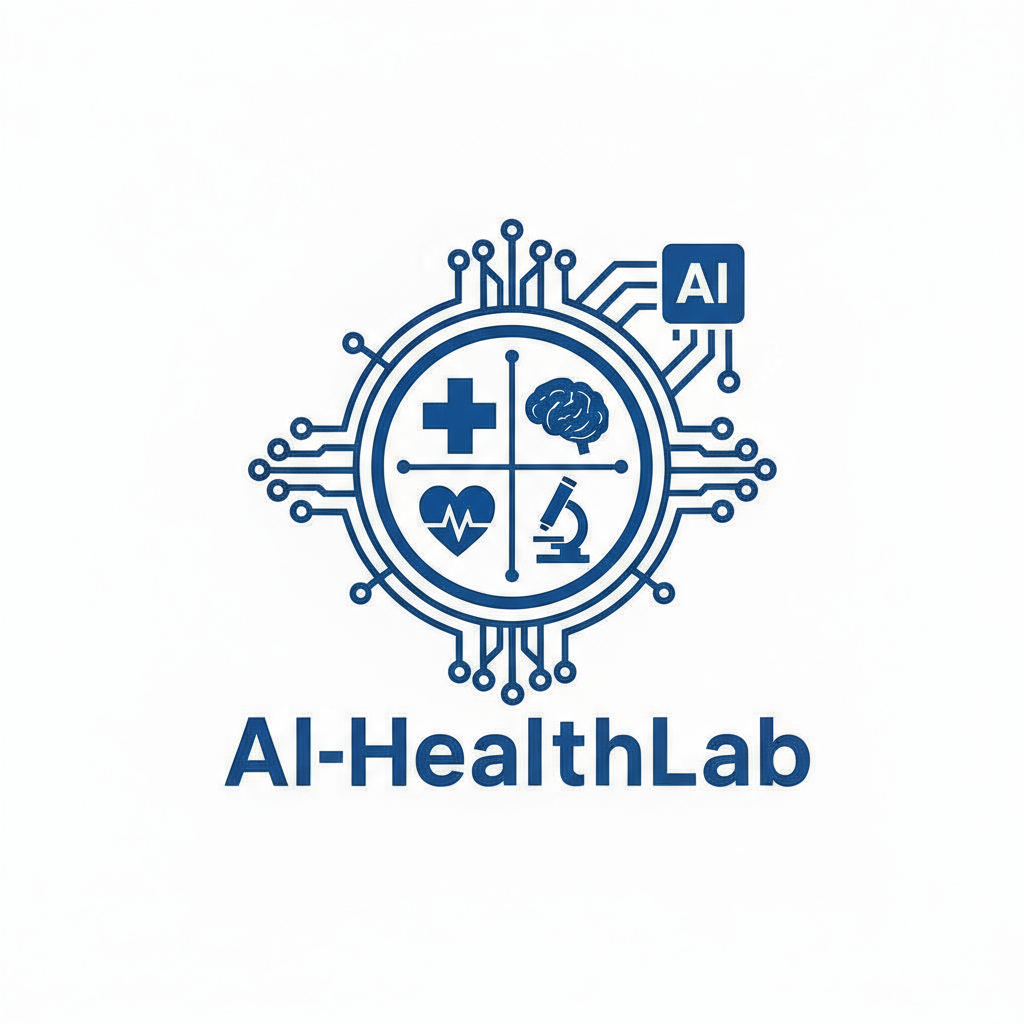The CoCoLIT project represents a breakthrough in early Alzheimer’s diagnosis: it was born from the need to overcome the limitations of PET scans—expensive and not widely accessible—by offering an innovative and cost-effective solution based solely on MRI images. The core idea is that, while MRI does not directly reveal amyloid pathology, it contains structural patterns linked to amyloid presence, which can be extracted and made evident using advanced AI techniques.
Motivations & Objectives:
- Reduce costs and improve accessibility to Alzheimer’s screening through the synthesis of virtual PET images from MRI;
- Enable aggressive early identification of patients at risk, even on a large scale;
- Provide new opportunities for clinical studies and translational research.
Methods:
- Generative latent diffusion model with ControlNet conditioning for MRI-to-PET translation;
- Introduction of Weighted Image Space Loss (WISL) to refine the quality of synthetic images;
- Innovative analysis of Latent Average Stabilization (LAS) to improve inference consistency;
- Validation on large public datasets;
Impact:
- Increases of up to +23.7% accuracy in amyloid positivity classification compared to the best existing methods;
- Open-source release of code and models for the benefit of the scientific community;
- Enhancement of reproducible research and clinical adoption of advanced AI techniques.
Related Scientific Articles
- CoCoLIT: ControlNet-Conditioned Latent Image Translation for MRI to Amyloid PET Synthesis
(arXiv preprint arXiv:2508.01292, 2025) –
Google Scholar
Code Repository
- Official repository: brAIn-science/CoCoLIT
Main code:
src/cocolit/cli/mri2pet.pyExplore the CLI folder.
Documentation: docs/
Team & Authors
- Daniele Ravì (Project lead, senior author)
- Lemuel Puglisi (Co-first author, development and implementation)
- Alec Sargood (Co-first author)
- With the collaboration of James H. Cole, Neil P. Oxtoby, Daniel C. Alexander.
Results & Application
- Tests on real Alzheimer’s datasets: CoCoLIT outperforms all previous methods in both image synthesis and amyloid classification.
- SIGNIFICANT: +10.5% balanced accuracy on internal dataset, +23.7% on external dataset.
- Code available to the community to ensure full transparency and reproducibility.


